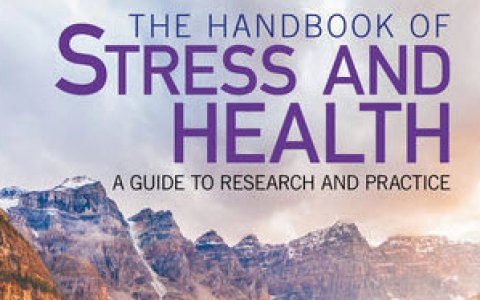Stress and addiction
In 2016, NCETA was invited to submit a chapter on Stress and Addiction to the Handbook of Stress and Health: A Guide to Research and Practice. The Guide is a comprehensive international examination that brings together and explores state-of-the-art research on the link between stress and health outcomes.
The relationship between stress and AOD use is commonly characterised as the use of various psychoactive substances in response to various stressors. This is however only one potential direction and form in which this complex and multifaceted relationship can develop, for example:
- Bidirectional relationships between stress and AOD use are common, eg alcohol or drugs may be initially used to alleviate job stress and pressures, but subsequently result in greater stress through the negative effects of the drug on performance and functionality.
- The development of regular AOD use and dependence brings with it new and additional stressors. Moreover, exposure to stressors may cause a lapse or a relapse in a drug-dependent person and may render them vulnerable to situations that are conducive to stressful life events: sometimes referred to as “reverse causation”.
The subjective experience of stress and related AOD use (whether preceding, concurrent, or subsequent) may vary considerably depending on the type of stressor. The following stressors related to addiction are highlighted in the chapter:
- Generic life stressors (eg bereavement, divorce, financial struggles)
- Work-related stressors (eg within-work stressors, retirement)
- Traumatic events (eg violent crime, accidents)
- Physical and mental health (eg chronic pain, depression, anxiety)
- Insecure housing (eg homelessness, “couch surfing”)
- Catastrophic/fateful stress (eg major disasters, war)
- Childhood maltreatment (eg neglect, abuse)
- Gender-specific stressors (eg sexual assault, domestic violence, pregnancy/childbirth/child rearing, single parenthood)
- Racial/ethnic minority stressors (eg racism, discrimination)
- Gender identification/sexual orientation stressors (eg discrimination against lesbian, gay, bisexual, transgender, or intersex individuals).
The authors recommend that while there is a growing evidence base regarding AOD use and stress, further work is required to:
- Gain a better understanding of the mechanisms underlying the stress and addiction relationship.
- Refine the measures, concepts used, and untangling “reverse causation”.











